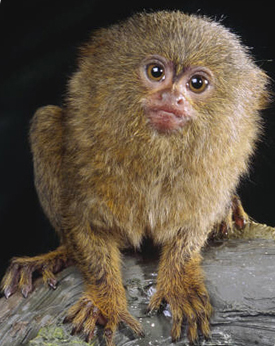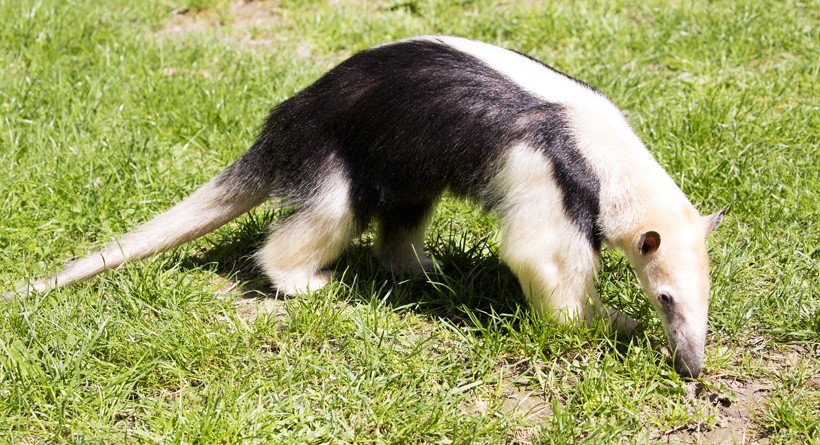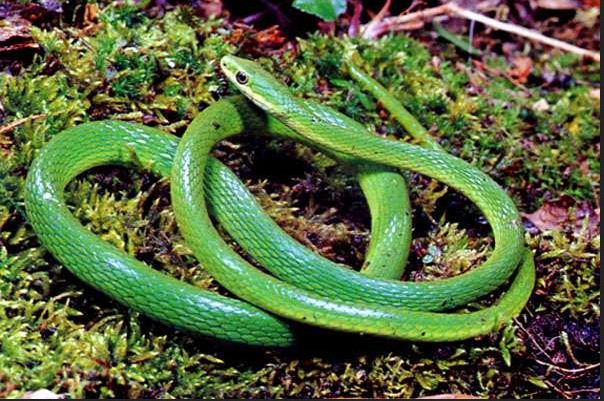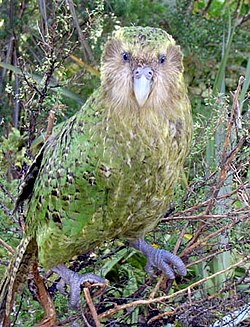LegendChu
❤ CAREFREE, BUT CARING ❤
- 14,123
- Posts
- 10
- Years
- Third Rock From The Sun
- Seen Oct 21, 2017
Finally, the Animals get their own place on the community ^^.
Okay, thought about starting a short series, with the spotlight being on some lesser known animals.
Since this Forum is gonna be here for only a month, I'll try & showcase a new species every day. Feel free to comment & add inputs :).
01. CACOMISTLE
02. SIFAKA
03. PYGMY MARMOSET
04. PIKA
05. TAMANDUA
06. BOOMSLANG
07. VAQUITA
08. GALAH
09. KAKAPO
10. TUATARA
11. BULLET ANT
12. GERENUK
13. BINTURONG
14. WOMBAT
15. MARGAY
16. CHEVROTAIN
17. OLM
18. KODKOD
19. ONCILLA
20. ECHIDNA
21. SANGAI
22. KINKAJOU
23. SIDEWINDER
24. CARACAL
25. HOATZIN
So the first one on the list is:-
Scientific classification:-
Kingdom: Animalia
Phylum: Chordata
Class: Mammalia
Order: Carnivora
Family: Procyonidae
Genus: Bassariscus
Species: Bassariscus sumichrasti
The Cacomistle is a nocturnal, arboreal & omnivorous member of the carnivoran family Procyonidae (the only living member of this Subfamily). The name in the Nahuatl language, means "half-cat", but since its of the Order Carnivora, its related to both cats & dogs, along with many other animals.
They are usually around 15 to 18 inches (38-47cm) & have a tail span of about 15 to 20 inches (39-53cm). Although it looks very similar to its relative, the Ringtailed Cat, it can be differentiated by its more pointed ears, non-retractable claws, a significantly longer tail & the lower ridges on their molars. The coloration of their pelage is a grayish to somewhat brownish gray. Their tail, similar to the Ringtailed Cat, has rings of black.
They are mostly solitary mammals & usually have a nest or den built into a tree to facilitate the birth of their young. The mostly give birth to a single solitary offspring & it takes around 60 days for gestation.
They are sometimes kept as pets & similar to the Ringtail it is possible to tame, but not exactly domesticate.
It has 5 subspecies - Bassariscus sumichrasti variabilis, Bassariscus sumichrasti sumichrasti, Bassariscus sumichrasti oaxacensis, Bassariscus sumichrasti notinus & Bassariscus sumichrasti latrans.
Their current habitats are listed as - Belize, Costa Rica, El Salvador, Guatemala, Honduras, Mexico, Nicaragua & Panama. They are mostly found in Subtropical/Tropical Dry forests & Subtropical/Tropical Moist Lowland. But they are very rare species & their population is highly on decline, as they are heavily dependent on their environment & with ever increasing rates of habitat loss, its future is very uncertain.
Pika Pika :chu:
Okay, thought about starting a short series, with the spotlight being on some lesser known animals.
Since this Forum is gonna be here for only a month, I'll try & showcase a new species every day. Feel free to comment & add inputs :).
FEATURED SPECIES INDEX
01. CACOMISTLE
02. SIFAKA
03. PYGMY MARMOSET
04. PIKA
05. TAMANDUA
06. BOOMSLANG
07. VAQUITA
08. GALAH
09. KAKAPO
10. TUATARA
11. BULLET ANT
12. GERENUK
13. BINTURONG
14. WOMBAT
15. MARGAY
16. CHEVROTAIN
17. OLM
18. KODKOD
19. ONCILLA
20. ECHIDNA
21. SANGAI
22. KINKAJOU
23. SIDEWINDER
24. CARACAL
25. HOATZIN
So the first one on the list is:-
CACOMISTLE
.jpg)
.jpg)
Scientific classification:-
Kingdom: Animalia
Phylum: Chordata
Class: Mammalia
Order: Carnivora
Family: Procyonidae
Genus: Bassariscus
Species: Bassariscus sumichrasti
The Cacomistle is a nocturnal, arboreal & omnivorous member of the carnivoran family Procyonidae (the only living member of this Subfamily). The name in the Nahuatl language, means "half-cat", but since its of the Order Carnivora, its related to both cats & dogs, along with many other animals.
They are usually around 15 to 18 inches (38-47cm) & have a tail span of about 15 to 20 inches (39-53cm). Although it looks very similar to its relative, the Ringtailed Cat, it can be differentiated by its more pointed ears, non-retractable claws, a significantly longer tail & the lower ridges on their molars. The coloration of their pelage is a grayish to somewhat brownish gray. Their tail, similar to the Ringtailed Cat, has rings of black.
They are mostly solitary mammals & usually have a nest or den built into a tree to facilitate the birth of their young. The mostly give birth to a single solitary offspring & it takes around 60 days for gestation.
They are sometimes kept as pets & similar to the Ringtail it is possible to tame, but not exactly domesticate.
It has 5 subspecies - Bassariscus sumichrasti variabilis, Bassariscus sumichrasti sumichrasti, Bassariscus sumichrasti oaxacensis, Bassariscus sumichrasti notinus & Bassariscus sumichrasti latrans.
Their current habitats are listed as - Belize, Costa Rica, El Salvador, Guatemala, Honduras, Mexico, Nicaragua & Panama. They are mostly found in Subtropical/Tropical Dry forests & Subtropical/Tropical Moist Lowland. But they are very rare species & their population is highly on decline, as they are heavily dependent on their environment & with ever increasing rates of habitat loss, its future is very uncertain.
Pika Pika :chu:
Last edited:










